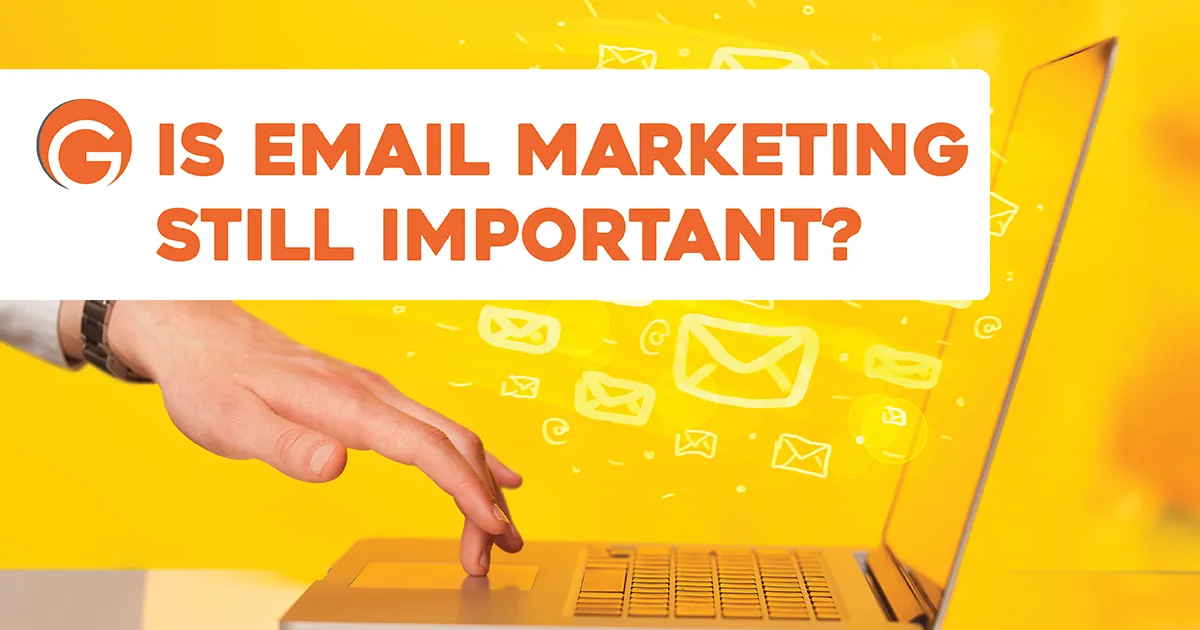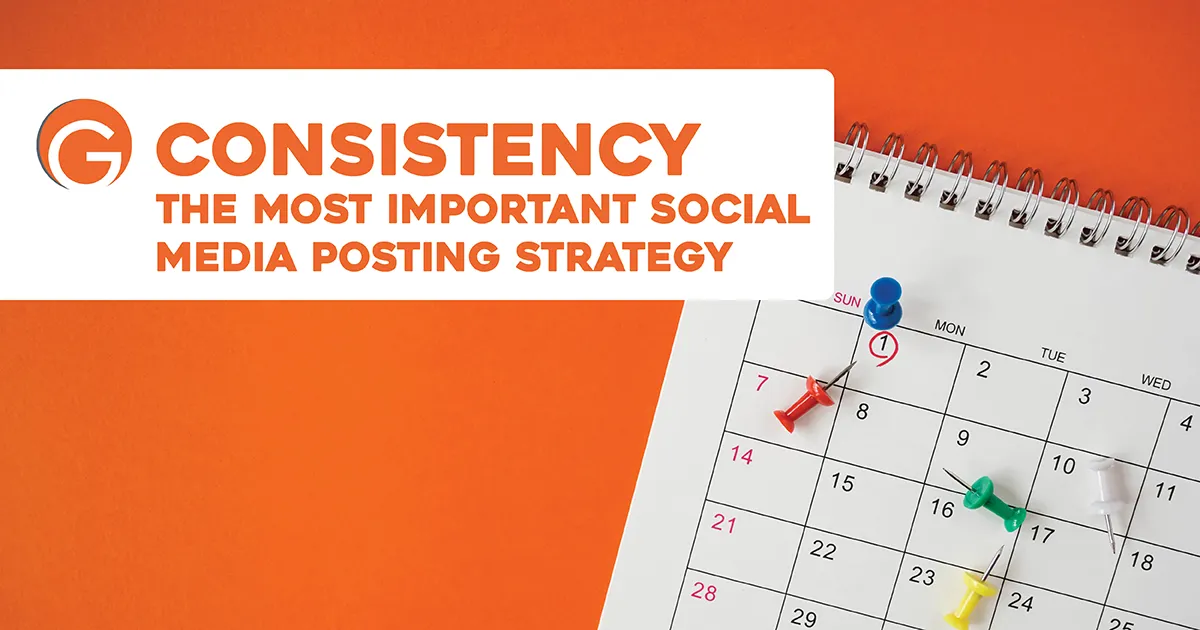Marketing with empathy is about remembering that your clients and customers are more than just numbers and transactions; they are human beings with feelings.
By bringing empathy into your marketing strategy, it helps you place your customer at the center and work from there. It helps you build authentic relationships between businesses and their consumers.
Including empathy in your marketing strategy helps to make a connection with your consumer, find their pain points, and cater to their needs as a person because you understand their problem. This will help put your business above the rest.
How to Bring Empathy Into Your Marketing Strategy
Creating meaningful relationships is important for creating a unique consumer experience.
Here are six ways that you can create empathy in your marketing.
- Understand your consumer’s pain points. Empathy is about putting yourself in your consumer’s shoes and understanding their point of view.
Focus on how your consumer might be struggling in their life and their business. How can you help them personally and otherwise?
- Adapt to your customer’s needs. Now that you know their pain points, provide them with the answers to relieve them. One way you can do this is by segmenting your audiences into separate groups based on who they are and what they need. After all, one size DOES NOT fit all. When you segment your customers, you can send more targeted messages to them in order to appeal to their wants and needs because you understand their individualized problems better.
- Keep it real. In order to create relationships and trust with your customers, you need them to find you relatable. By creating content with simple and relatable real-life scenarios, you will successfully tap into your customers’ empathy.
- Drop some knowledge. By teaching your customers valuable skills, you are building trust in your relationship and building value in your brand! You can create new educational content or update existing content. Consumers also react well to visual representations such as infographics and videos showing how your product or service is made or used.
- Keep your customers involved. Ask questions, take surveys, and encourage conversation. Make the experience interactive. If you can find an interactive way for people to use your product or service from their homes via video, this will be a great advantage, especially for home-bound people who can’t travel.By making your consumer a part of the creation and conversation of your product, they’ll feel cared for and, therefore, more likely to make a purchase.
- Take advantage of user-generated content. Tagged photos from your customers are FREE CONTENT. Of course, you’ll have to sort through for appropriate content, but it’s a great way to get authentic and fun testimonials of your product. Plus, it builds a stronger connection with your consumers. Another benefit is that when you highlight a consumer’s content, they’ll likely share it with their circle and get more eyes on your product or service.
Conclusion
Empathy in marketing is about putting yourself in your customer’s shoes and viewing your product or service from their point of view. To do this, you need to help them understand your product and get them involved by including their input. You can also include them by using their generated content as a form of testimony and help them feel included.
How do you use empathy in your marketing?






